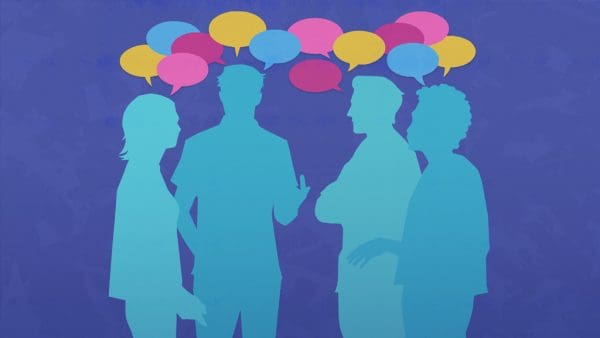Benjamin Ginsberg, the David Bernstein Professor of Political Science and the director of JHU’s Center for Advanced Governmental Studies, explores the worth of violence. Ginsberg is the author of two recent books: The Value of Violence (2013) and The Worth of War (2014).
The national and international events of recent months remind us that violence is brutal and terrible. Yet, while we may shrink from violence, we should not shrink from attempting to analyze and understand it. A capacity for violence has always been an important facet of human nature. Humans—and perhaps their pre-human ancestors as well—have engaged in murder and mayhem, as individuals and in groups, for hundreds of thousands of years. At least since the advent of recorded history, violence and politics have been intimately related. States practice violence against internal and external foes. Political dissidents engage in violence against states. Competing political forces inflict violence upon one another.
Academic discussions of the relationship between violence and politics fall into three main schools. Some authors see violence as instrumentally related to politics. Philosopher Thomas Hobbes, for example, viewed violence as a rational means by which individuals sought to achieve such political goals as territory, safety, and glory. In a similar vein, Prussian military thinker Carl von Clausewitz famously referred to war as the continuation of politics by other means. A second group of authors views violence as typically resulting from political failures and miscalculations. The title of an influential paper on the origins of the American Civil War by historian James Randall, “The Blundering Generation,” exemplifies this idea. A third group, most recently exemplified by psychologist Steven Pinker, views violence as a form of pathological behavior that is perhaps diminishing in frequency with the onward march of civilization. Some proponents of this perspective have even declared that violence is essentially a public health problem.
Whatever their differences of emphasis, each of these perspectives assigns violence a subordinate role in political life—a secondary means of achieving political goals, a result of political miscalculations, and an expression of political pathology. Political philosopher Hannah Arendt once noted that there is an alternative view that assigns violence a superordinate role in politics. This perspective is implied by Mao Zedong’s well-known aphorism that political power “grows out of the barrel of a gun.” For Mao, violence is the driving force in the political arena, while more peaceful forms of political engagement serve to fill in the details or perhaps merely to offer post hoc justifications for the outcomes of violent struggles.
It is, to be sure, often averred that problems can never truly be solved by the use of force. Violence, according to a popular bumper sticker, is not the answer. This adage certainly appeals to our moral sensibilities. But whether or not violence is the answer presumably depends upon the question being asked. For better or worse, it is violence that usually provides the most definitive answers to three of the major questions of political life: statehood, territoriality, and power. Violent struggle, in the form of war, revolution, civil war, terrorism, and the like, more than any other immediate factor, determines what states will exist and their relative power, what territories they will occupy, and which groups will and will not exercise power within them.
Generally speaking, political forces willing and able to employ violence to achieve their goals will best their less bellicose adversaries, overturning the results of elections, negating the actions of parliamentary bodies, and riding roughshod over peaceful expressions of political opinion. Indeed, the mere threat of violence is often enough to instill fear in and compel acquiescence on the part of those unwilling or unable to forcefully defend themselves. Violent groups can usually be defeated only by adversaries able to block their use of mayhem or to employ superior force against them. Those not willing to use violence seldom achieve their goals if pitted against an opposition that is not similarly constrained.
Much attention, of course, is given to the putative effectiveness of nonviolence as a political method. Nonviolent tactics are often said, for example, to have been instrumental in ending segregation in the U.S., Communist rule in Eastern Europe, and British rule in India. Political leaders espousing a philosophy of nonviolence—Martin Luther King, Václav Havel, Mahatma Gandhi—played important roles in these cases. In actuality, though, far from being nonviolent, the protest tactics such as strikes, boycotts, and demonstrations employed by these leaders were designed to produce economic and social disruption and, in some instances, to provoke violent responses from their opponents. Violent attacks on apparently peaceful protesters would, it was hoped, elicit sympathy for the innocent victims of bloodshed and perhaps encourage powerful external forces to intervene on their behalf.
Violence, to be sure, is terrible, but it is also the great engine of political change. Many in the media and in the Hopkins community decried the violence that swept Baltimore in April 2015. Yet, after years of ineffectual complaints, violence unfortunately turned out to be the only tactic that could force city leaders to curb police misconduct in the streets of Baltimore.




